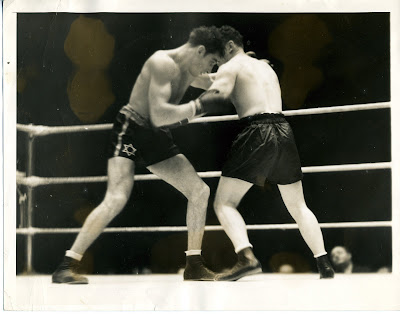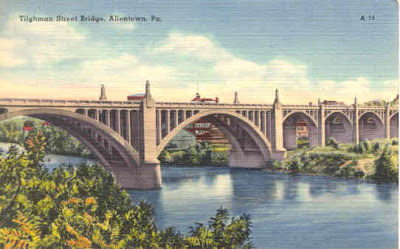
For about ten years, mid 70's to 80's, Allentown was graced with a one man art machine. Greg Weaver studied at Carnegie Mellon and then returned to the Valley to become artist, promoter and inspiration to dozens of local artists. His large studios, which moved from one low rent location to another over the years, became hubs for innovation and social activity. He was very prolific with his work, and generous with his encouragement. A typical monthly bash involved perhaps a poster by Mark Beyer( now an internationally known underground comic) performance by a jazz group such as Gary Hassey,(Greg also had a band) and perhaps a new showing by a local artist, such as Barnaby Ruhe. The loft parties were always mobbed, by many of the same people who now attend the Museum social events. This art "scene" cost the taxpayers nothing, it was done by artists, and it was real. Greg suffered from diabetes, and eventually lost his sight. Although blind he continued to produce art and inspire people until his death. Several of his works are in the Allentown Museums' permanent collection and his memory is in the hearts' of his friends. The image here is from Mark Beyer, representing an invitation to a Weaver event.
reprinted from September of 2007
This post, which I originally wrote in 2007, inspired the resurgence of a local artist group and scene. Another friend of Greg Weaver, in a recent conservation, referred to the current art establishment (Allentown Art Museum and Baum School) as
pretenders. He credited Richard Gregg, then museum director, for purchasing and supporting Weaver's art at the time. For this upcoming holiday, please consider treating yourself to a work of art from a local artist.
Where you can buy local art
In the Renaissance Building at 542 W. Hamilton St.:
Antonio Salemme Foundation, suite 203
Expressions Studio, suite 301
Bessesdotter verkstedt, suite 302
Studio 606, 606 W. Hamilton Street
Art Works, 818 W. Hamilton Street (inside the Burrito Works)
Deli Plaza 2 Gallery, 840 W. Hamilton St.
Alternative Gallery, 904 W. Hamilton St. (in the Holiday Inn)
The Mansion, 221 N. 8th Street
Condra Studios, 127 N. Lumber Street
TMD Gallery, 10 S. 13th Street, 2nd Floor
Web page For Local Art Updates



















































